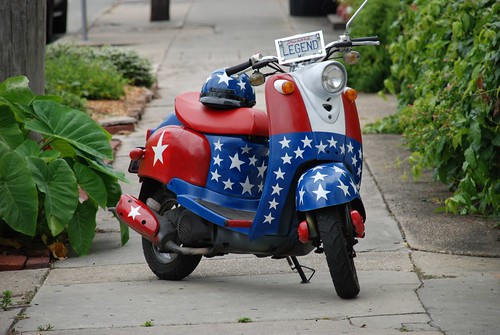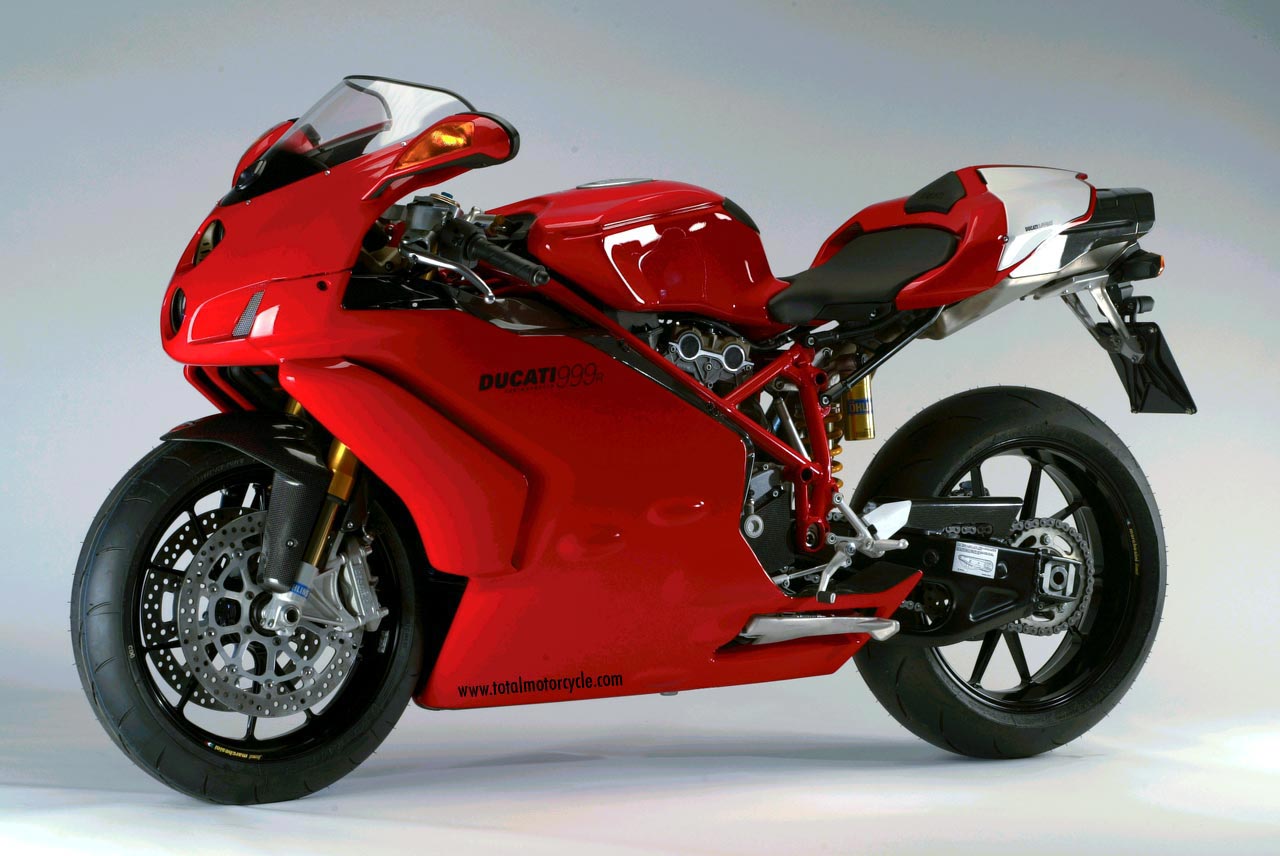2010 Yamaha FJR1300A Supersport Touring
It might seem that the 2010 Honda VFR1200F has come to reinvent the supersport touring segment, but manufacturers such as Yamaha have their own classic approach towards offering a motorcycle that is fast, comfortable and built to last, the 2010 FJR1300A. Those of you who are familiar with the name will say that the FJR1300AE is an even better choice thanks to Yamaha’s electric-shift five-speed transmission, which eliminates the clutch and offer riders effortless electric shifting, but Yamaha has discontinued this model for 2010 and leaves FJR riders completely in charge over the bike’s functions.
Considering the fact that Yamaha brags about the new FJR1300A offering an incredibly smooth ride, you first tend to think they simply took the best from the AE model – the fancy transmission and clutch – and fitted it on the A one, which was to carry on as a 2010 model year, but no. Along time, sales have shown that riders prefer the FJR’s beautiful combination between power coming from the 1298cc, liquid-cooled, inline-four; DOHC, 16 valves engine and sporty handling characteristics ensured by a light aluminum frame.
Broadly, the right engine and chassis “make” the bike and in this case, the fuel-injected mill is mated to a five-speed gearbox and a shaft stands as the final drive, while the forks are 48mm, fully adjustable units capable of 5.4 inches of travel and the rear shock, which is preload and rebound adjustable, offers 4.8 inches of travel. Although none of these features are new on the bike, they do help us show how engineers managed to do the trick with this motorcycle. The brakes are very important as well for this 641 lbs two-wheeler and the fact that ABS is standard on the 2010 Yamaha FJR1300A comes as an ease of things for most riders.
Technically, this bike doesn’t get any reproaches, but in order to be a refined sports tourer it needs to offer the proper comfort and wind protection. And with adjustable ergonomics and windshield, the 2010 Yamaha FJR1300A doesn’t show any signs of not being precisely that.
As we earlier mentioned, people tend to compare the fairly unchanged 2010 Yamaha FJR1300A with the new, sport-oriented 2010 Honda VFR1200F and we’ll have to say that if that would be the case, the subject of this article won’t stand a change, but the 2009 Honda ST1300 is still going strong and has plenty to show against our bike, especially in terms of touring-like comfort and excellent wind protection. So the battle between Big Red and Racing Blue should start a new round after Honda calls the ST1300 a 2010 model year.
2010 Yamaha FJR1300A Supersport Touring
Although not redesigned for 2010, the fact is that the FJR1300A looks like a fully-faired and completely accessorized FZ1 on steroids. Designers made sure this bike will fulfill its rider’s needs during long journeys by developing the advanced air management system and adjustable bodywork, which spoil the rider.
The foamy seat can be adjusted from 31.69 to 32.48 inches above the ground and the windscreen is pushbutton adjustable as well. But these are matters of finesse. What truly strikes you is how aerodynamic the fairing actually is, indicating that it doesn’t get a lot of those “fix this” stickers when being tested in the air tunnel. Also, the thing looks very aggressive and the mirrors look bigger than those of a Mini, contributing at the bike making its presence truly felt down the open road. We even heard a car driver saying “that thing looks scary in my rear view mirror” at a gas station once, but didn’t quite believe him.
With the footpegs positioned right at the middle of the bike and the handlebars brought close to the rider, the FJR offers an upright riding position and shows that it will sacrifice looks over comfort at any time even though this is not the case. Onboard, the Instrument panel features an electronic analog speedometer and tachometer; LCD digital odometer, dual tripmeters, gear position indicator, fuel, coolant and air temperature gauges, and clock; lights for neutral, high beam, turn signals, low oil and engine warnings—as well as real-time mileage, average mileage and air temperature, just like you would expect from a bike in this segment. Still, it’s the sidecases that complete the FJR’s sport-touring look as not everyone who looks at the bike will get to swing a leg over it, so it’s good they get the right opinion from the first glance.
Liquid Silver is the only color available for the 2010 Yamaha FJR1300A and we believe it suits it best because this is one of those things you now see and then you don’t.
2010 Yamaha FJR1300A Supersport Touring
But riders who want this to be a constant presence in their lives will have to look over the fairly spicy $15,190 MSRP considering that the 2010 Kawasaki Concours 14 starts at $14,599 and the ABS model at $15,299 and these are upgraded bikes that we’re talking about. Expect to find it at your local dealer in February.
It seems that Yamaha relies on the FJR1300A’s fame to obtain the best results in the year to come and they don’t have a big retention when it comes to price. That is because nobody complained about these motorcycles so far and for good reason.









































